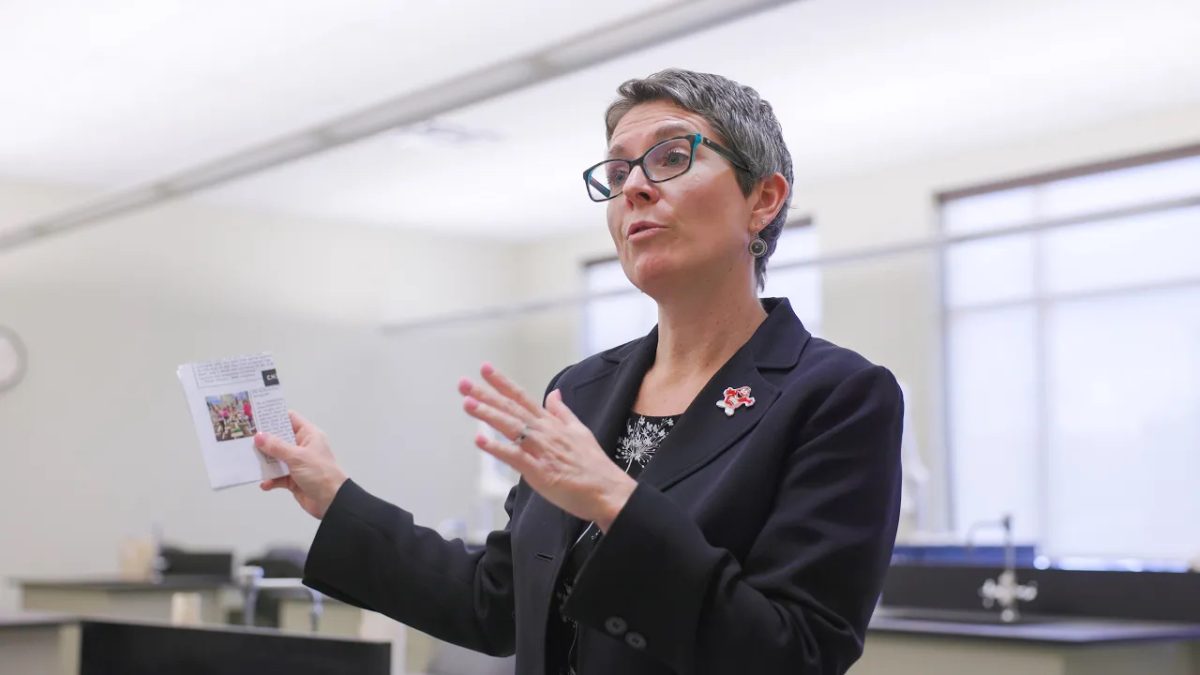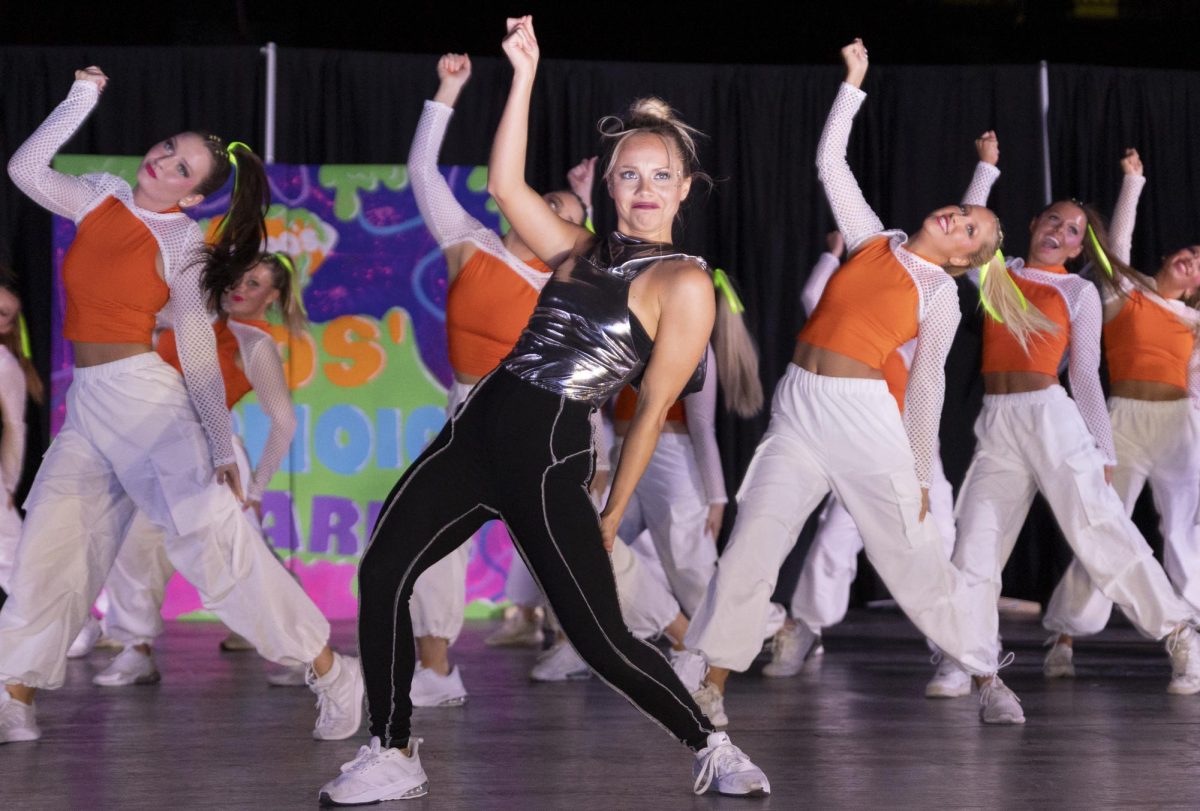Breaking the glass ceiling: the real American experience
March 26, 2018
American culture is increasingly influenced by the pervasive forces of major Hollywood productions and cable television. The entertainment industry thrives in a society obsessed with celebrity and media consumerism.
As the country grows to reflect a growing presence of minorities, its culture remains steadfast.
Immigrants and people of color are encouraged to assimilate into the white popular culture of America, rather than embracing and celebrating their heritage through creative expression.
Groups have denounced the whiteness and male-ness of major movie and TV productions, particularly in recent years. The national conversation is plagued with the notion that minorities and women have been underrepresented on screens both big and small.
Celebrities have spoken out against the racism and sexism of award shows in the face of the general success of minority and female productions monetarily, critically and socially.
Indifference to underrepresentation is folly in today’s society.
A 2017 Hollywood Diversity Report conducted by students at UCLA found that as minorities and women gain ground relative to their white, male counterparts in roles and off-screen positions, the ratings climb.
Progress cannot afford any stagnation, though. Minorities and women are outnumbered by white men in important positions like film directors, leaders and writers; cable scripted leads, film leads and reality television leads, and credited writers for broadcast, cable and digital scripts.
“Relatively diverse films excelled at the box office between 2011 and 2015, regardless of genre,” according to the report. Diverse casts in film performed well in the global box office, receiving the “highest median global box office receipts and the highest median return on investment.”
These productions proved impactful in the realm of social media during 2015, with cable scripted shows having “casts that were from 21 to 30 percent minority” and broadcast shows with diverse casts reaching their peaks on this platform.
“Median 18-49 viewer ratings [as well as median household ratings among whites, blacks, Latinos, and Asian Americans] peaked during the 2014-15 season for broadcast scripted shows featuring casts that were greater than 40 percent,” according to the report.
In 2017, PoC-dominated films like “Moonlight,” “Fences” and “Hidden Figures” received nominations and awards at major events like the Academy Awards and Screen Actors Guild Awards. In 2018, movies and television shows that exhibit the female experience such as “Three Billboards Outside Ebbing, Missouri,” “Handmaid’s Tale” and “Big Little Lies” were likewise celebrated.
“Wonder Woman” and “Black Panther” achieved massive box office success. “Black Panther,” Marvel’s first superhero film centered around a black hero, shattered records like The Highest-Grossing Solo Superhero Movie, The Highest-Grossing Movie of 2018, The Highest-Grossing Movie by a Black Director and The Best Opening for a Non-White Director, according to Rotten Tomatoes.
Oprah Winfrey was given the Cecil B. deMille Award for lifetime achievement at the 2018 Golden Globes, and Denzel Washington won it in 2016. Jordan Peele became the first black director to win an Oscar for best original screenplay at the 2018 Academy Awards.
Every time women and people of color evidence their potential for excellence in the arena of Hollywood and television entertainment, they create an additional crack in the glass ceiling that has cast its shadow over one of the most profitable industries in the country.
These cracks symbolize progress that is far from over. Though progress may teeter temporarily, it is pertinent that entertainment follows the national conversation and the trend of society.
The prolific impact of a representative popular media is proven by the public response to productions that portray a more accurate American experience. As an integral component of the American psyche and as a justification for beauty and inspiration, movies and television must present inclusive storylines relative to people of all shapes, colors and creeds.























